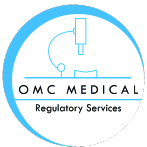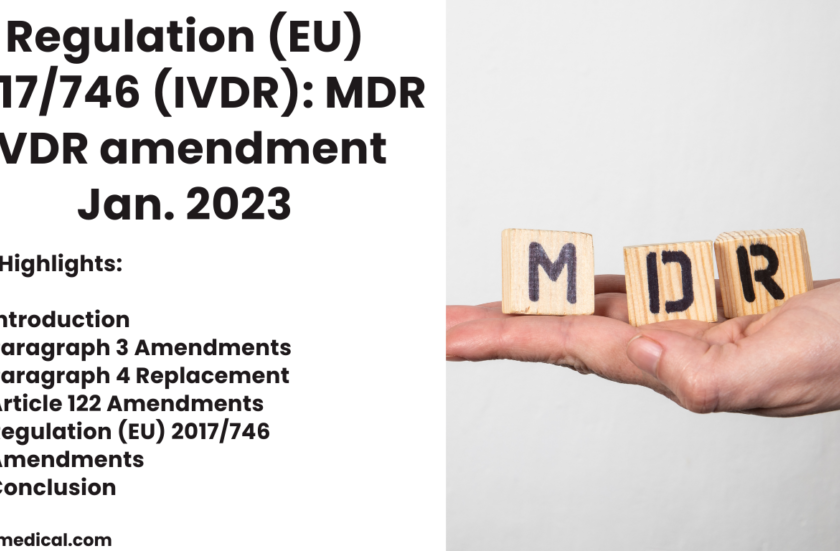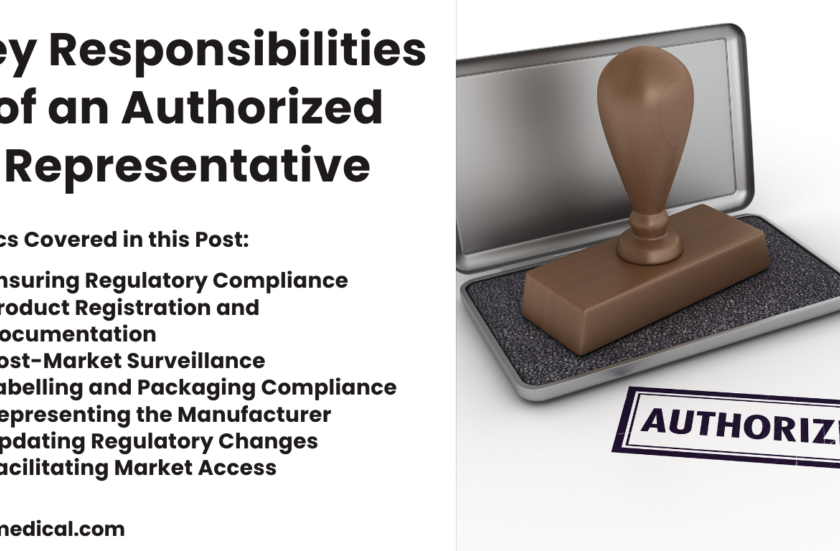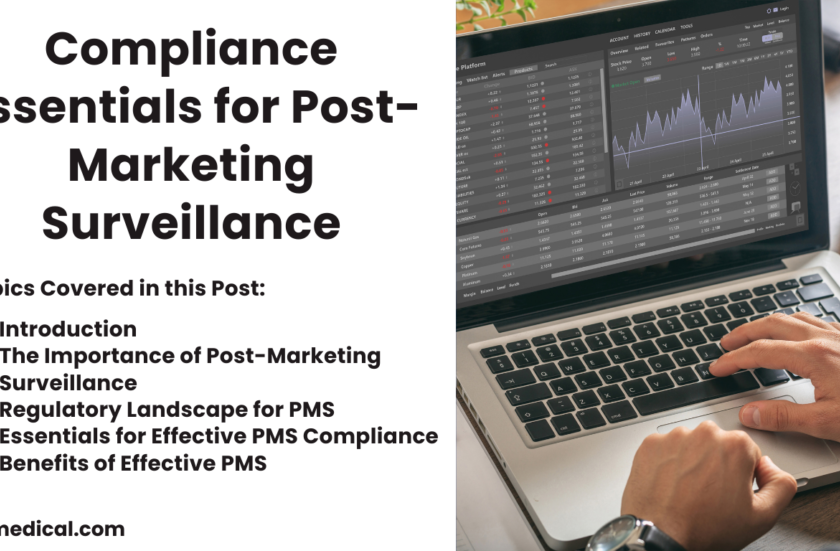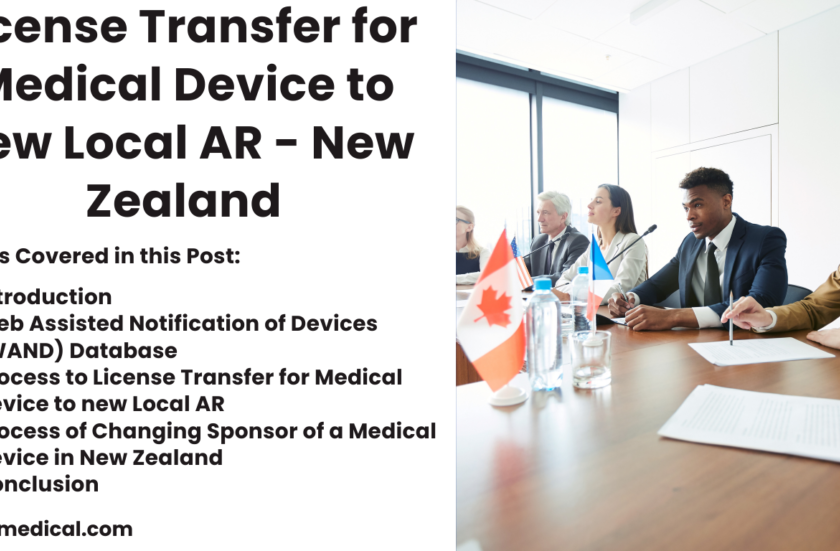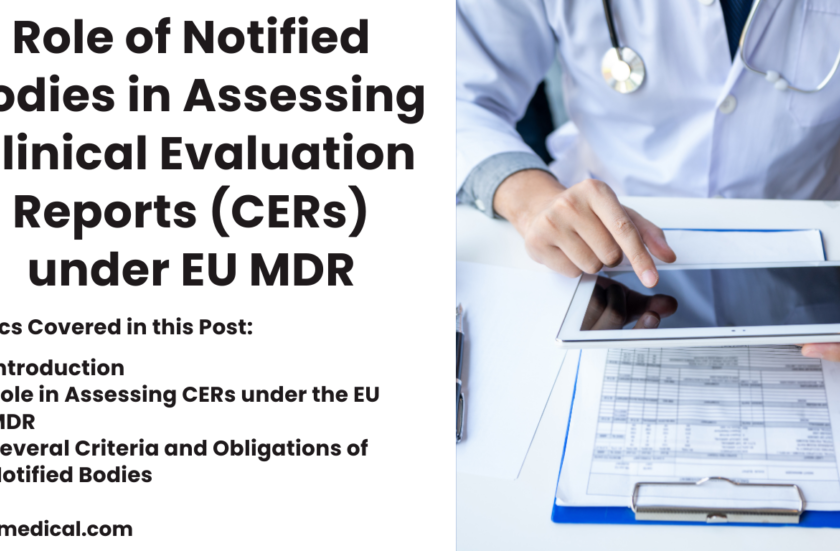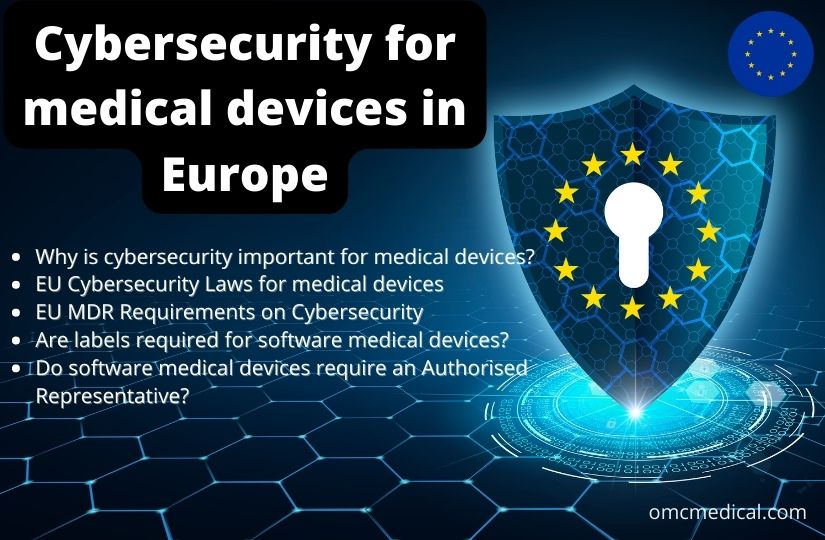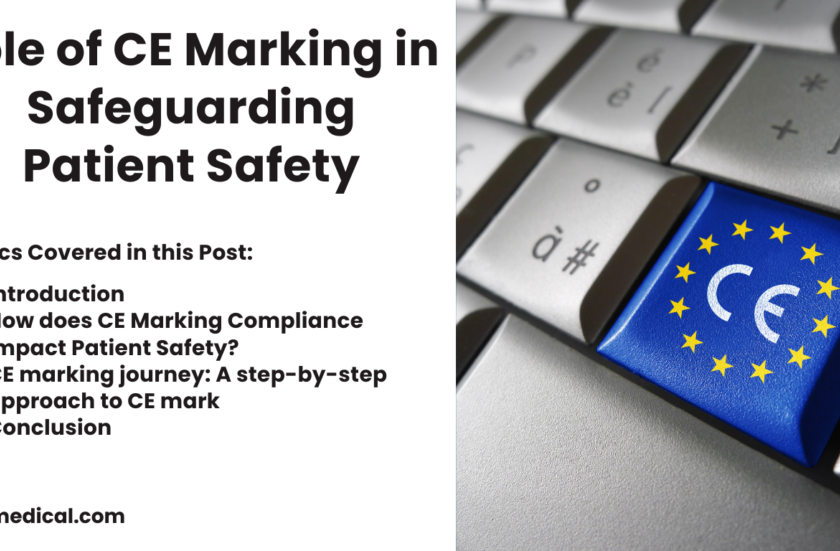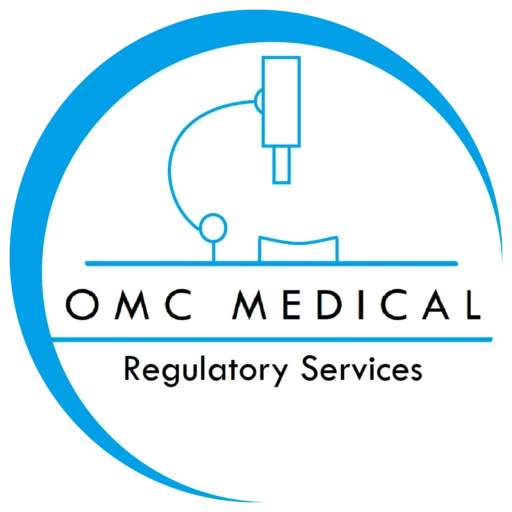Medical devices
Introduction Recent amendments to Regulation (EU) 2017/745, also known as the Medical Devices Regulation (MDR), have introduced significant changes to the timelines and conditions for placing certain medical devices on the market or putting them into service. This comprehensive analysis explores the key points of these amendments, focusing on the intricate timeline considerations. Paragraph 3 Amendments Paragraph 3 has undergone crucial revisions, introducing new provisions (3a to 3g) that...
Exceptional Use Medical Devices in the EU and UK
Medical devices conforming with the medical device regulations must have a conformity marking. Medical devices that do not conform may still be placed in the market, provided they apply through the exceptional use devices pathway. This article discusses the exceptional use requirements to be satisfied to gain access to EU and UK markets. In the UK, the UKCA marking displays that the device conforms to UK Medical Device Regulations 2002. Without UKCA marking, the devices can only be placed in the...
Navigating Regulatory Requirements: Compliance Essentials for Post-Marketing Surveillance
The medical device industry thrives on innovation, but ensuring patient safety remains paramount. Regulatory compliance, particularly in post-marketing surveillance (PMS), is crucial for safeguarding patients and maintaining market access. This article explores the essentials of navigating regulatory requirements for medical devices, focusing on effective PMS practices. The Importance of Post-Marketing Surveillance Unlike pre-market testing, post-marketing surveillance monitors a device’s...
License Transfer for Medical Device to new Local AR – New Zealand
Medical devices play a crucial role in healthcare by diagnosing, treating, and monitoring various medical conditions. These devices are designed and manufactured by companies that must obtain licenses to sell their products in different markets. When a company wants to transfer the license for a medical device to a new local Authorized Representative (AR) in a different country, such as New Zealand, there are several key steps and considerations that must be taken into account. Transferring the...
License Transfer for Medical Device to New Sponsors from Existing License Holders
License transfer for medical devices is a crucial aspect of the regulatory landscape governing the manufacturing and distribution of medical products. It allows existing license holders to transfer the rights to manufacture and market a specific medical device to a new sponsor or entity. This process is essential for ensuring the continued availability and safety of medical devices in the market. License transfer allows for the continued availability of medical devices in the market, even as own...
The Role of Notified Bodies in Assessing Clinical Evaluation Reports (CERs) under EU MDR
Clinical evaluation is a continuous procedure that happens at every stage of a medical device’s life cycle. It is typically carried out initially in the course of developing a medical device to determine what data must be produced to gain access to the market. The first CE-marking must include a clinical evaluation, and it must be regularly updated going forward. Clinical evaluation is essential and significant because it guarantees that assessments of the device’s performance and sa...
Risk Management of medical devices under MDR
All medical devices are associated with inherent risks of some level. It is imperative to understand the medical device’s specific risks to a patient. Under EU MDR 2017/745, risk management is a continuous and iterative process. Manufacturers are expected to plan, document, and implement risk management strategies in this process. These strategies may either eliminate the risk or mitigate the overall severity of the risk. Medical Device Risk- Definition ...
Cybersecurity for medical devices in Europe
EU Cybersecurity laws for Medical devices are advancing, and the use of software medical devices is also increasing daily. The increased interconnection of medical devices to computer networks and technological convergence have made devices and software programmes vulnerable to mishaps. The importance of protecting patient data from cyber-attacks is now well recognised. With the advancement of software as a medical device, proper regulations must be established to ensure the safety and security...
Ensuring Compliance and Quality: The Role of CE Marking in Safeguarding Patient Safety
The CE marking signifies a medical device’s adherence to stringent European Union (EU) safety regulations. This compliance process, known as CE marking compliance for patient safety, is critical in ensuring the quality and effectiveness of medical devices. By mandating rigorous assessments, it directly impacts patient safety. Manufacturers must demonstrate their devices meet essential safety and performance requirements, minimizing risks associated with malfunction, biocompatibility issues...
